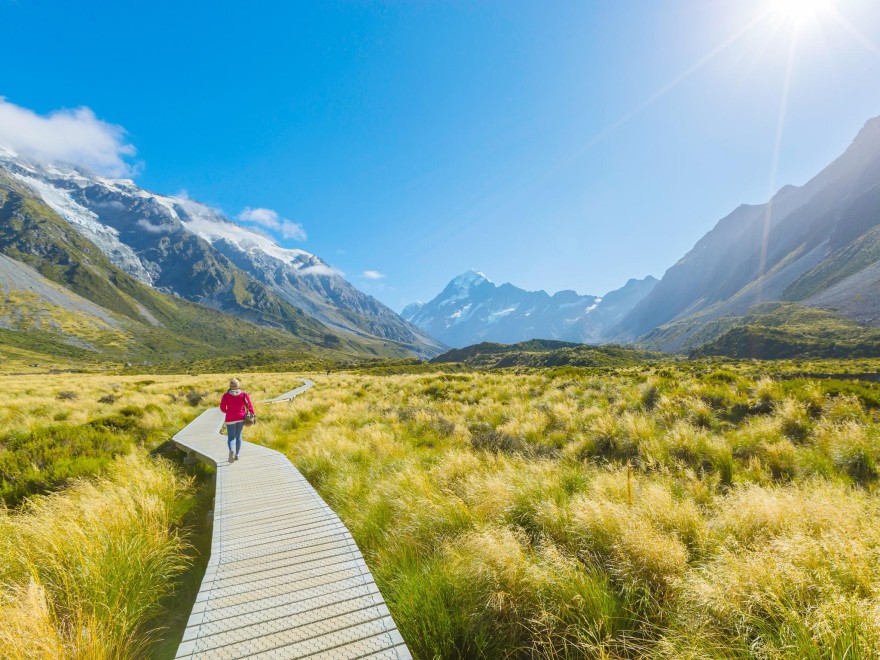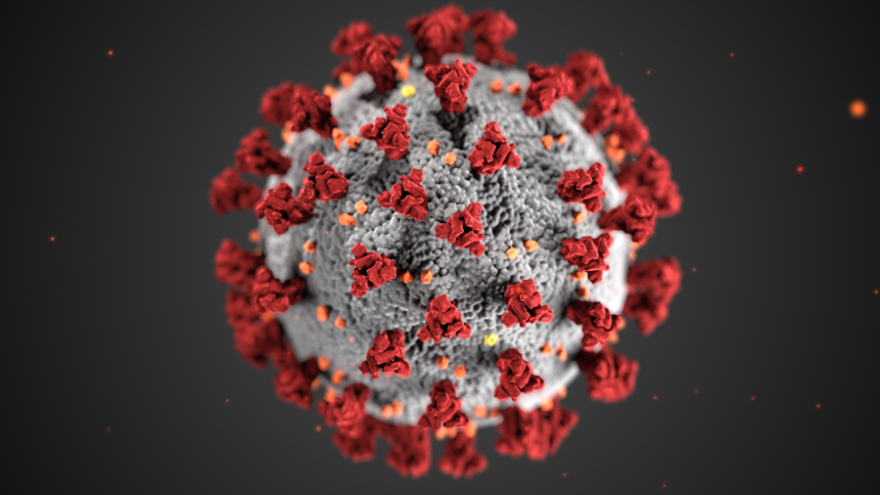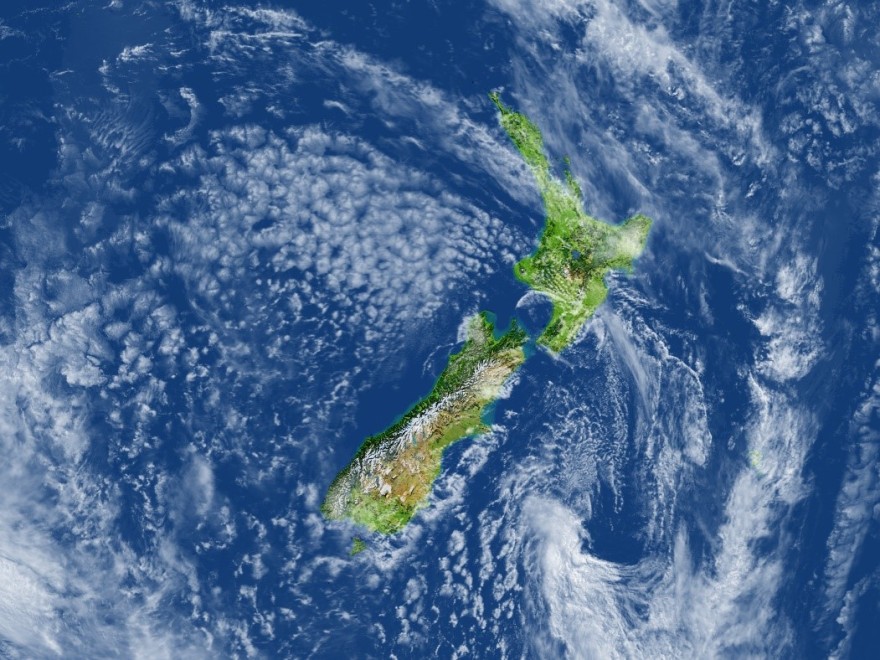Whaia te mātauranga hei oranga mō koutou — Seek after learning for the sake of your well-being
Kia ora! Greetings from the Public Health Communication Centre.
We are dedicated to effectively communicating policies and practices that protect and improve the health, wellbeing, and equity of the people of Aotearoa New Zealand and the health of the environment in which we live.
Summary
This article explains the rationale for the new Public Health Communication Centre (PHCC) and launches the new-look Public Health Expert Briefing. The PHCC’s main purpose is to identify and promote opportunities to improve public health and health equity and communicate these effectively to the public, media, and decision-makers.
The PHCC will be covering emerging public health threats such as Covid-19; established public health threats such as tobacco; and underlying drivers of poor health and inequity such as poverty and environmental degradation. It will play a key role in highlighting and explaining new evidence and important scientific advances in public health.
Key actions by the PHCC include: Providing high quality analysis and commentary from the public health community, notably through The Briefing; supporting public health researchers to extend the reach and impact of their research; and ensuring a sound cultural and ethical basis for our work, particularly responsiveness to Te Tiriti.
We are a small team based in the Department of Public Health at the University of Otago in Wellington. The PHCC is funded by an endowment from the philanthropic Gama Foundation and our aims are set by a charter agreed between the foundation and the University.
The purpose of the PHCC is: To effectively communicate public health research evidence in order to protect and improve the health, well-being, and equity of the people of Aotearoa New Zealand and the health of the environment in which we live.
How will we do this? Our flagship initiative is the Public Health Expert Briefing, which you are reading now. The Briefing publishes expert analysis and commentary from public health researchers and practitioners across NZ. It is a rebranded form of the long-running Public Health Expert Blog and continues its legacy of providing timely and impactful summaries of new research and public health issues. The full back catalogue of more than a decade’s worth of posts from the blog will continue to be available, archived here on The Briefing website.
This is just one part of the work we do. In addition to publishing The Briefing, the PHCC will also:
- Work directly with journalists covering public health issues, helping them access data, research, and subject experts.
- Build and strengthen relationships with policymakers to ensure public health information is relevant and accessible for government and help to coordinate policy submissions on public health issues.
- Encourage researchers to communicate their work to the public and policy makers. We will build a network of public health expertise across NZ and training and support for effective communication.
- Use evidence to inform public debate and help set priorities for public health action. This includes building effective partnerships with researchers and civil society organisations, and coordinating communication activities.
- Ensure a sound cultural and ethical basis for our work. The PHCC is engaged in an ongoing process to ensure Tiriti responsiveness, incorporate Te Ao Māori, and uphold high standards of ethical practice and environmental stewardship.
The diagram below summarises the planned connections between the Centre and its key stakeholders. We draw on the expertise of the wider public health and research community to provide timely, trustworthy, and accessible information. Through a range of channels, we communicate with key audiences: policy makers, practitioners, and the public. Crucial to our work is two-way dialogue with our end-users. We strive to make sure we are working in ways that are meeting their needs and that we are listening to their views.
Our particular focus is public health. A classic definition of public health is : ‘the science and art of promoting health, preventing disease and prolonging life through the organised efforts of society.’ These efforts depend on effective leadership by central and local government in appropriately using laws and providing the needed resources for public health policies and programmes. For that reason, much of the work of the PHCC will be aimed at effective communication of public health evidence to decision-makers.
Next steps for the PHCC
The directors and staff of the PHCC are excited by the potential for supporting both transformative and incremental shifts in awareness and action to support improved public health and equity in NZ.
As part of launching the new Centre, we will publish a series of explainer articles on key public health issues. The first three are concerned with fundamental public health drivers:
- Building long-term thinking into our policy making
- Tax justice for people and the environment
- Eliminating Māori health inequities
The next three will review specific areas where NZ is making good progress on public health:
- Ensuring a smokefree Aotearoa NZ
- Ensuring safe drinking water for all New Zealanders
- Ensuring continuing progress on healthy housing and sustainable urban environments
Readers can stay up to date on new articles by subscribing to The Briefing here. And we encourage public health researchers and practitioners to contribute to The Briefing.
The PHCC aims for a high degree of transparency in its operations. It is developing best practice policies. It is also working with Māori stakeholders to develop a Tiriti o Waitangi policy for the Centre. Its directors, staff, and advisory board members are listed on its website.
Below, we give a more detailed picture of the need for this Centre, including opportunities for it to support improvements to public health and the health of the information landscape, and current and future challenges. A brief overview of the centre and its aims can be found here.
The need for a Public Health Communication Centre
There is abundant evidence demonstrating the need for effective public health communication in NZ. We summarise this below in three broad areas, pointing out where the PHCC addresses these challenges along the way.
In brief:
- communicating evidence on public health issues is critical to the wellbeing of the nation, and
- the country is producing more public health research than ever before.
- But there are challenges to effectively sharing these insights in an increasingly noisy and contested information landscape.
Identifying and promoting opportunities to improve public health and equity
The strongest argument for establishing the PHCC is that it will disseminate information in ways that contribute to improved health and equity for the people of NZ. Better use of research can improve responses to emerging threats, lead to better management of existing public health problems, and stimulate awareness and action to address the fundamental drivers of public health.
Emerging public health threats are the most obvious area where rapid communication of accurate information is vital. Infectious disease pandemics and outbreaks demand timely and effective action. Environmental health hazards such as chemical releases, and other hazards such as earthquakes, floods and heatwaves also require rapid public health responses.1-3
The Covid-19 pandemic is a particularly vivid example of a rapidly evolving threat where regular communication about the response strategy has been essential.4 Other examples include the global spread of mpox (formerly monkey pox),5 and the serious waterborne campylobacteriosis outbreak in Havelock North.6
However, established public health threats such as those from tobacco, alcohol and the obesogenic environment are the major drivers of health loss (by causing such conditions as cardiovascular disease, cancer, and diabetes).7-9 Unfortunately, their chronic nature and the opposition from vested commercial interests leads to decades-long policy inaction and under-resourcing. Preventing and better managing these chronic threats is an immense opportunity for improving the health of New Zealanders.
There is a rich science basis for prioritising interventions which tackle these slow-burning threats. There are multiple benefits that come from investing in areas such as progressing to a smokefree Aotearoa10 and improved housing conditions.11 Nevertheless, there are major challenges to action in this area. Many of the drivers are outside the health sector, such as food regulation, education, housing, and tax policy. And there are many corporations with vested interests in producing, marketing and selling health-harming products.12
NZ has had mixed results in managing these established threats to public health. Comparisons with other OECD countries show that we are performing poorly on several key indicators, such as infant mortality.13 Yet, in some areas we have a world-leading response, notably in tobacco control with new legislation making real gains towards a smokefree Aotearoa.14
The PHCC will draw on evidence from national and international health statistics reports to identify areas where NZ is effectively addressing public health challenges, as well as areas for improvement.15
Ultimately, the main opportunity for public health gain is through addressing underlying health determinants—the drivers of public health. This is vividly illustrated by the huge advances in human life expectancy over the last century thanks to improved public health infrastructure, like safe water, better housing, and childhood immunisation.16
It is impossible to understand patterns of health and health inequities without considering the historic context. The NZ example is in the marked health inequities for Māori17 which is a direct consequence of the long shadow of colonisation,18 depreviation,18 and discrimination.19 Research which tracks individuals' life courses from birth, such as the Dunedin longitudinal study, shows that being born into relative poverty is likely to lead to lifelong disadvantage.20
The life-supporting capacity of global ecosystems is a major health determinant that we need to address.21 Human activity is contributing to severe and irreversibly damage to global life support systems—particularly via climate change.22 This and various other catastrophic risks, including from nuclear war and pandemics from synthetic pathogens, need much greater attention.
Addressing these issues requires widespread reforms. Central to this change is a shift to long-term thinking, where we put greater emphasis on addressing future threats and making the world safe for our children—some of whom will be alive in 100 years’ time.23 A key resource for NZ is Te Tiriti and Te Ao Māori world view that also support a strong custodial responsibility for our environment and the wellbeing of future generations.24
Highlighting emerging evidence and important science advances
New knowledge and ways of looking at existing knowledge – by framing issues with a health lens – provide opportunities for advances in all the areas described above. There has been a huge increase in the volume of public health research published, including in NZ. Over the last 20 years the number of NZ studies published in public health journals has increased more than five-fold.
This rapidly expanding science knowledge-base makes it very difficult for policy-makers to keep up to date. Despite the assumptions of many academics, publishing research in a journal does not spontaneously result in political attention or policy change.
Politicians and their advisors are time pressed and unlikely to engage directly with peer-reviewed research. Not least because scientific research is written in abstract and technical academic language (and getting worse25). Indeed, the top reasons why policy workers don’t engage with academic research are ‘lack of NZ relevance’, ‘too technical’ and ‘too abstract’, according to a study of NZ policy professionals.26
The PHCC aims to break down these barriers, providing accessible summaries of research and making the NZ context and policy implications clear.
There is also immense public interest in public health when urgent threats emerge. Media interest in public health boomed during the Covid-19 pandemic. There was an almost five-fold increase in media mentions of public health during 2020-2022.
A challenge for the PHCC is to leverage this interest and broaden the focus beyond the Covid-19 pandemic, which has had high newsworthiness, to other important issues which have less immediacy. To help identify where to concentrate our efforts, the PHCC will prioritise public health issues where evidence suggests they should be addressed in a more proactive way. It will then seek contributions from topic experts to present perspectives on both emerging and established public health issues.
Supporting a healthy information landscape
We envisage an NZ in which decision-makers, the media, and the public have access to timely and trustworthy information about emerging and established public health issues.
For most people, the news media is their main source of information about public health issues. Highly skilled and principled journalists employed in the mainstream media have traditionally provided a key pathway for critical analysis and dissemination of knowledge and ideas about public health threats and opportunities. They report on new research, interview experts, follow leads and investigate claims.
However, this model is under pressure on several fronts:
- Decline in number of journalists – The NZ media landscape has been in ongoing flux for over a decade. The shift from print and the role of social media has led a shrinking of news rooms and ‘fractured’ media environment.27 Census data shows that the number of journalists in the country has more than halved over the last two decades.28 This means journalists in 2023 are more time pressed than ever. Unless the newsworthiness and local relevance of novel research is made clear, findings from new studies–often funded by the NZ taxpayer–are at risk of sinking into the depths of academic databases.
- Rise of the communication industry – While journalist positions have been declining, there has been a large increase in roles for communication professionals employed in the business sector, Government, and lobbying organisations. This communication activity is focussed on supporting the goals of various employing organisation. Such work includes award-winning social media campaigns, such as that used to support the Covid-19 response. At the other end of the spectrum, these activities can have a corrosive effect on public health. An extreme example are the tactics used by PR a firm which used a blog to plant ‘hit pieces’ on several high-profile NZ public health researchers and attempted to discredit their research.
- Rise of actively generated mis- and disinformation – Ideological groups have built entrenched positions often based on mistrust and rejection on scientific evidence. In some cases, they have actively sought to undermine public health initiatives. The misinformation around the Covid-19 vaccination rollout is a prime example.29 There is evidence of foreign powers deliberately spreading public health disinformation in NZ. Microsoft’s tracking of Russian propaganda identified a clear increase in Covid-19 disinformation stories in NZ prior to the 2021 Parliament Protests.30
- Increasing institutional controls on independent voices – The policies of major public and private sector organisations can help or hinder public discussion of key issues. For example, recent shifts in the structure of the health system have resulted in local DHB public health units being absorbed into a single national entity (Te Whatu Ora). One consequence is that they are no longer able to comment freely on government policy. Many of the scientists in NZ’s Crown Research Institutes (CRIs) are also limited in terms of public engagement and comment, due to internal policies and commercial sensitivities.31 Academic commentators with freedom to speak out on public health issues also face challenges, including personal attacks and abuse after appearing in the news, which may deter them from further engaging with media.32 All this comes at a cost. As Prof Shaun Hendy writes in his book Silencing Science “...an absence of expert comment in the media creates a vacuum, which will inevitably be filled by less informed voices.” 33
The PHCC will rise to meet these challenges, supporting researchers and journalists to ensure accurate and trustworthy public health information is communicated effectively to the public and decision makers. It will play a key role in highlighting new evidence and important science advances and provide channels and support for public health research and evidence to engage a wider audience—and ultimately make a material difference to the lives and wellbeing of New Zealanders.
What is new in this Briefing
- The newly launched Public Health Communication Centre is supported by a philanthropic endowment and hosted by the University of Otago, Wellington giving it a completely independent voice
- The new Public Health Expert Briefing replaces the Public Health Expert Blog and will provide rapid, evidence-informed updates and insights on public health issues from experts around the country
- Staff of the Centre aim to support evidence informed policy development, including through encouraging public debate and submissions on policy issues
Implications for public health policy, practice, and research
- Public health researchers and practitioners have an independent centre to support them in disseminating their research findings and commentary on public health issues
- Decision-makers have access to an expanded source of timely, accurate information on current and emerging public health threats and opportunities
- Journalists have a new source of science-informed content
- The people of Aotearoa NZ have a new partner to support their aspirations for health, equity, and a healthy/sustainable environment
Authors
Prof Michael Baker, Department of Public Health, University of Otago, Wellington, and Director of the PHCC
Prof Nick Wilson, Department of Public Health, University of Otago, Wellington, and Co-director of the PHCC
Prof Simon Hales, Department of Public Health, University of Otago, Wellington, and Co-director of the PHCC
Dr John Kerr, Department of Public Health, University of Otago, Wellington, and Science Lead, PHCC
Adele Broadbent, Department of Public Health, University of Otago, Wellington, and Science Communications Lead, PHCC
Teresa Wall (Te Rarawa, Te Aupōuri), Director, Wall Consultants, and PHCC Advisory Board member.
Acknowledgments
The PHCC is supported by an endowment from the philanthropic Gama Foundation. It is hosted by the University of Otago, Wellington.





